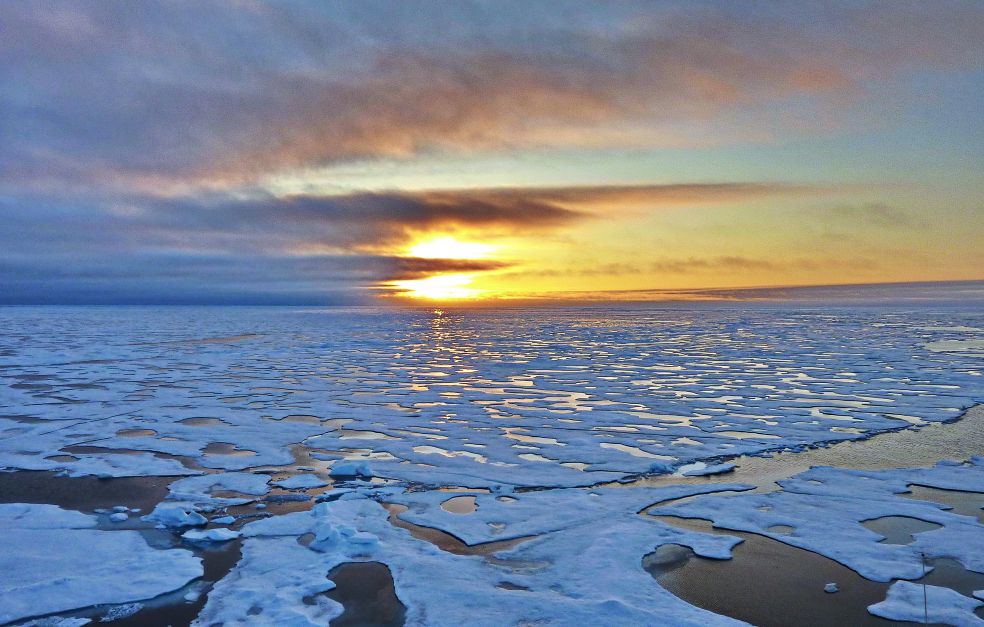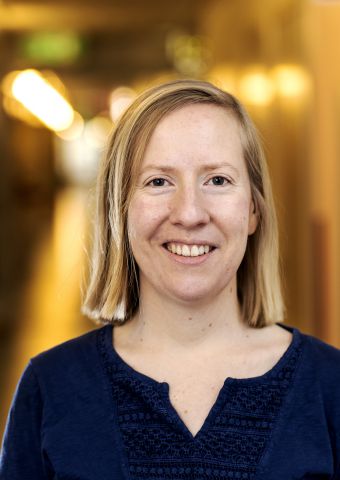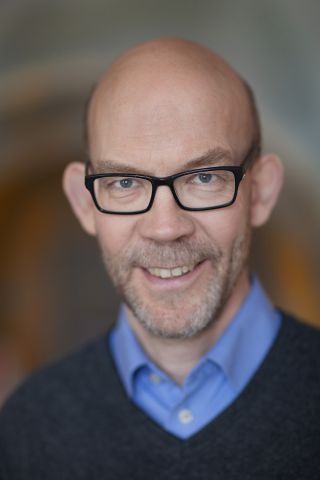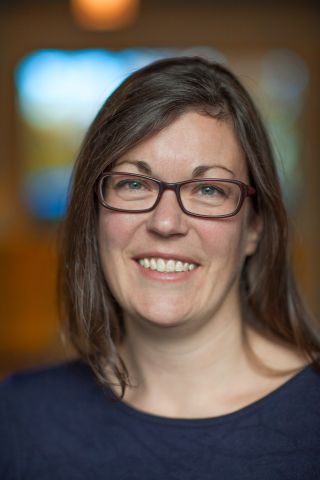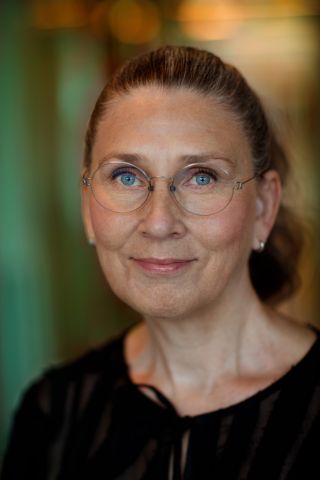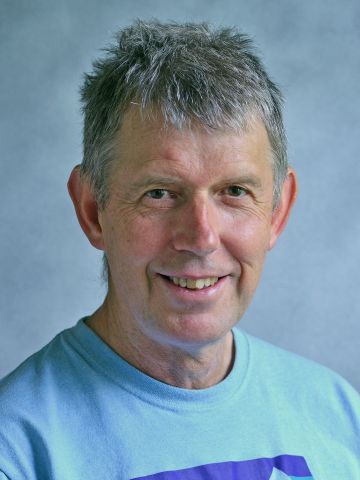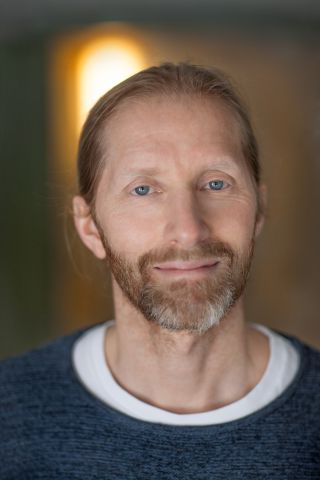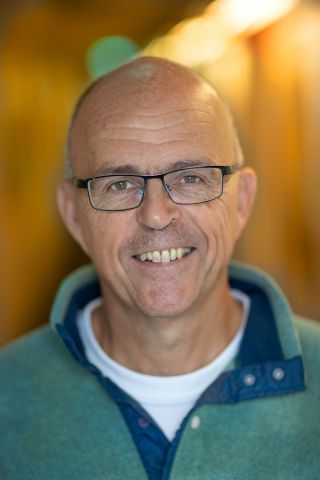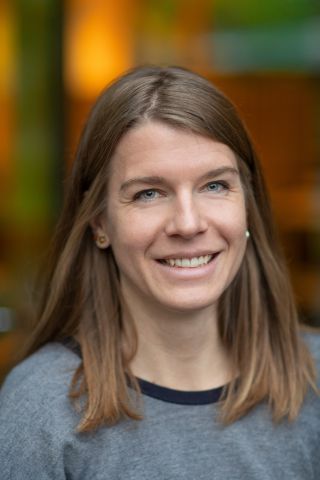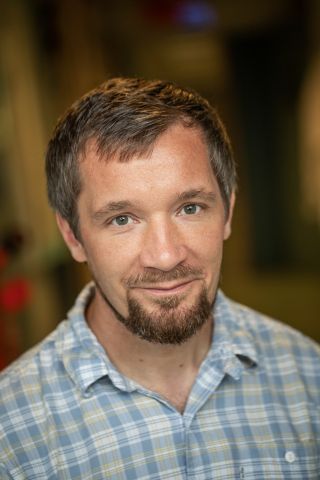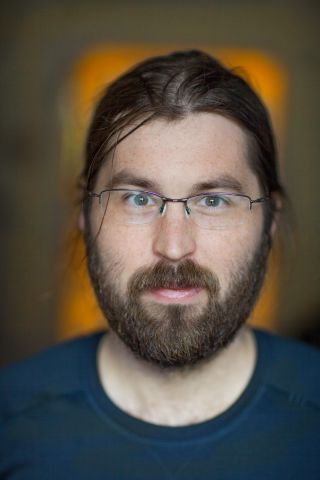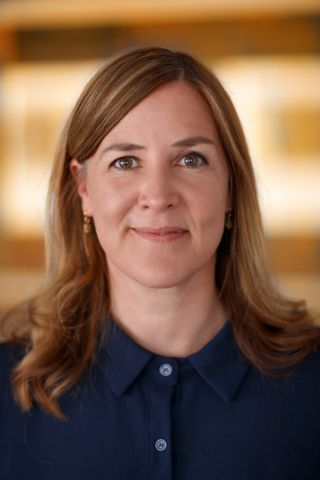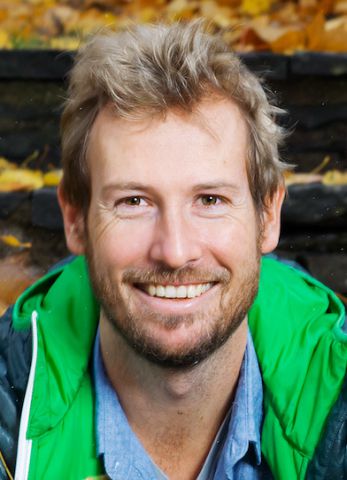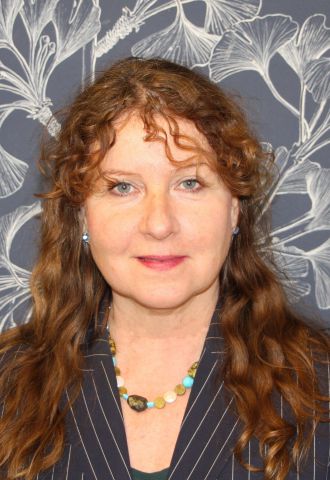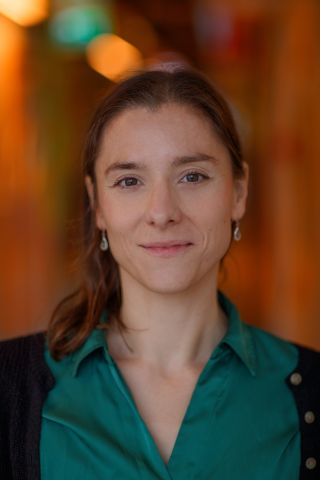There is no longer any doubt that environmental and climatic changes are taking place. But exactly what is happening? How does one change impact another? Can some changes be positive? Where are the tipping points? What are the early warning signals? Can some changes be reversed? What was the situation a thousand years ago?
These and many others questions are occupying researchers in Sweden and across the world. Among those in receipt of grants from the Foundation are scientists who are studying how a warmer climate in the Arctic affects clouds, seas, nature, ecosystems and the global climate.
Others are examining the importance of lakes in the global ecological cycle – how organic matter adds to emissions of carbon dioxide and other greenhouse gases, or what happens to fish stocks and other aquatic animals and organisms.
Some are digging down into the soil and studying what goes on behind the scenes of climate change – microorganisms breaking down dead plants and animals.
Some dive into the sea and study diatoms, which account for 40 percent of all carbon sequestration in the sea, or cyanobacteria, which concentrate carbon dioxide from the atmosphere.
There are also those who study the evolutionary dimension. Yeast can be used as a model system to generate new knowledge about how species evolve and, hopefully, how groups of animals and plants can be saved in the face of environmental change.
And there are researchers who are looking back in time thousands of years at molecular level to study how species evolved. Others are mapping the DNA of humans over a span of 50,000 years to obtain information about climate events during that time. Some are going all the way back to the age of the dinosaurs to seek answers in plants and their ability to survive the catastrophic climate changes that occurred.
Field studies, experiments, DNA sequencing and modeling are among the scientific methods being used.
Knut and Alice Wallenberg Foundation supports preeminent basic research. The list below shows researchers in environment, climate and evolution who have been funded by the Foundation.
